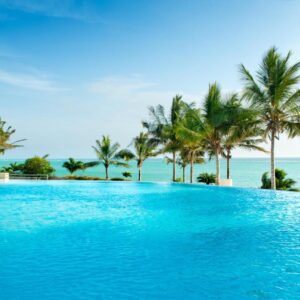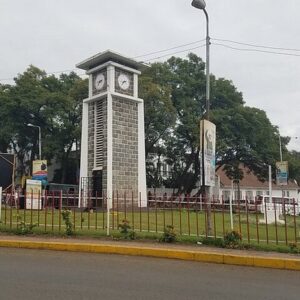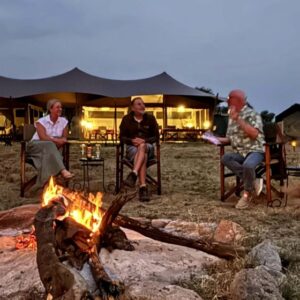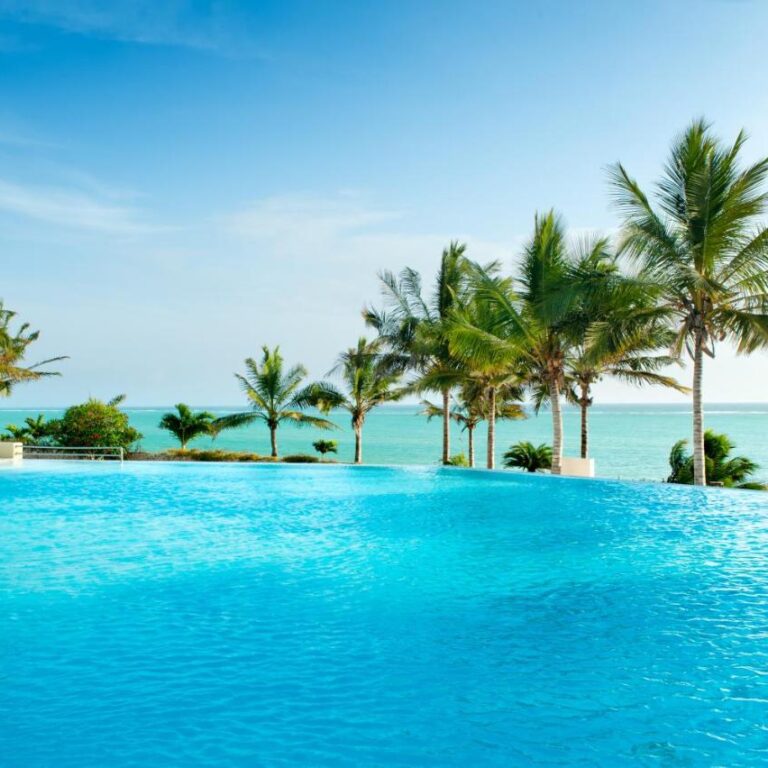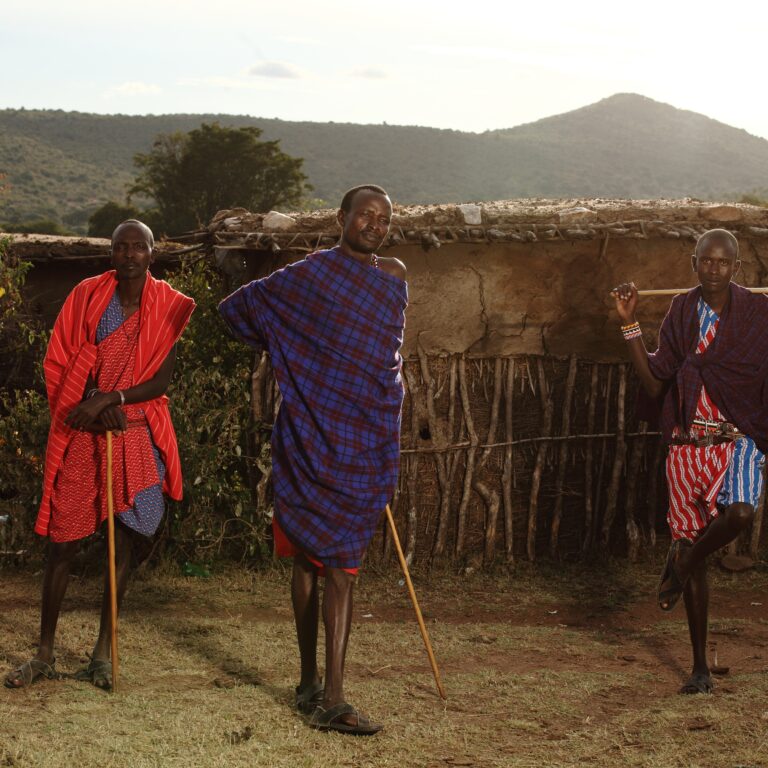Amazing 12 Things You Need to Know Before Climbing Kilimanjaro.
The dream of conquering Kilimanjaro, the “Roof of Africa,” danced in your head, a constant whisper of adventure. But before you lace up your boots and embark on this life-changing journey, here are 12 crucial lessons whispered by the mountain itself: Climbing Mount Kilimanjaro, Africa’s highest peak, is a dream for many adventure enthusiasts. Towering majestically in Tanzania, Kilimanjaro offers a unique and challenging experience. However, before embarking on this once-in-a-lifetime journey, it’s crucial to be well-prepared.
1. Kilimanjaro is Not a Technical Climb, It’s a Hike
When people envision mountain climbing, they often picture daring rock climbers clinging to vertical cliffs or alpinists battling snow-covered peaks. However, Kilimanjaro defies these expectations. It’s a “walk up” mountain, meaning you can hike to the summit without any technical mountaineering skills. No ropes, no ice axes, and no crevasses to worry about. Kilimanjaro is accessible to people from all walks of life, earning it the nickname “Everyman’s Everest”. Over 30,000 people attempt the climb each year, and the demographics show that everyone, from young to old, experienced backpackers to complete newbies, can conquer this peak.
2. Prepare for Temperature Swings
Despite its equatorial location, Kilimanjaro can get chilly. As you ascend, the temperature drops significantly. During the day, it’s warm, but nights can be freezing. Pack warm clothing, including down jackets and knit hats, to stay comfortable during the cold nights. Ice may even form on your tent while you sleep. Be prepared with the right gear to tackle the cold.
3. A Support Team Handles Heavy Lifting
Kilimanjaro expeditions are fully supported. You’ll have a team of guides, cooks, and porters to handle logistics, carry equipment, and prepare meals. This allows you to focus on the climb without worrying about the heavy lifting. Appreciate the hard work of your support team as they make your journey smoother.
Tip the Porters
Porters play an indispensable role in your Kilimanjaro climb, carrying heavy loads, setting up camps, and preparing meals. It is customary and ethical to tip them for their hard work and dedication. The recommended tip is around $20 per day per porter, shared among the entire team.
Tipping Guidelines:
Group Contributions: Collect tips as a group to distribute fairly.
Direct Handover: Ensure tips are handed over directly to each porter or the head guide to avoid discrepancies.
Thank You Notes: Consider writing a note of appreciation to express your gratitude for their efforts.
4. Choose the Right Route
Kilimanjaro offers several routes, each with its own characteristics. Research and select a route that suits your fitness level, time constraints, and preferences. Popular routes include the Machame, Lemosho, and Marangu routes. Each route provides a unique experience, so choose wisely.
5. Acclimatization is Key
Proper acclimatization is crucial for a successful climb. Take your time, ascend slowly, and allow your body to adjust to the altitude. Most routes include acclimatization days to help prevent altitude sickness. Listen to your body and communicate with your guides.
The Final Ascent is Tough but Worth It, No Worries! The final push to the summit, often referred to as the “summit night,” is the most challenging part of the climb. Departing around midnight, climbers face steep and rocky paths under freezing temperatures. However, the reward of reaching Uhuru Peak at sunrise, standing at 5,895 meters, is unparalleled.
Preparation Tips:
Acclimatize Properly: Choose routes with longer itineraries, such as the Lemosho or Machame routes, to allow your body to acclimate to the altitude.
Pace Yourself: Adopt the “pole pole” (slowly, slowly) mantra. Slow and steady progress is crucial to conserving energy and adjusting to the thin air.
Stay Hydrated and Nourished: Drink plenty of water and eat high-energy snacks regularly to maintain stamina.
6. Physical Fitness Matters
While Kilimanjaro doesn’t require technical skills, it’s still a challenging hike. Regular exercise, especially cardiovascular workouts and hiking, will prepare you for the trek. Strengthen your legs, core, and endurance to tackle the uphill sections. Consistency in training over several months prior to your climb will enhance your fitness and increase your chances of reaching the summit. Climbing Kilimanjaro is physically demanding, and proper preparation is essential for a successful summit. Here are key training tips:
- Cardiovascular Training: Engage in activities like running, cycling, or swimming to improve your endurance.
- Strength Training: Focus on building strength in your legs, core, and upper body through exercises like squats, lunges, and push-ups.
- Hiking Practice: Regular hikes with a loaded backpack will simulate the conditions you’ll face on Kilimanjaro.
- Acclimatization: If possible, practice climbing at high altitudes to adapt your body to lower oxygen levels.
7. Stay Hydrated and Eat Well
Proper hydration and nutrition are essential. Drink plenty of water and eat balanced meals to maintain energy levels. Dehydration can worsen altitude-related symptoms. Fuel your body for the climb.
8. Pack Light and Smart
Invest in quality hiking boots, moisture-wicking clothing, and a comfortable backpack. Prioritize essentials and leave unnecessary items behind. Remember, porters will carry most of your gear, but a well-packed bag makes your journey more enjoyable. Kilimanjaro Kit Requirements – Your Kilimanjaro gear list should include layered clothing (including an insulated jacket and warm gloves), good quality hiking boots, a 4-season sleeping bag, headlamp and water bottle.
9. Mental Resilience is Key
Climbing Kilimanjaro is both a physical and mental challenge. Stay positive, focus on small milestones, and maintain a determined mindset. The mental game is as important as physical fitness. Believe in yourself and keep moving forward.
Training for the climb This is how you can build up your endurance. For mountain climbs, you should increase strength in all major leg muscles as well as your core muscles. Core exercises are important because you’ll be putting strain on your body for long hours, and working out this area helps with balance too.
10. Altitude Can Affect Everyone Differently
Altitude sickness doesn’t discriminate. Even fit individuals can experience symptoms Acute Mountain Sickness (AMS) is serious. Pay attention to your body, communicate with your guides, and don’t hesitate to descend if needed. Safety comes first.
11. Respect the Environment
Kilimanjaro is a pristine natural environment. Follow the Leave No Trace principles: pack out all trash, respect wildlife, and stay on designated trails. Be a responsible climber and leave the mountain as you found it.
12. Celebrate Your Achievement
Reaching Uhuru Peak, Kilimanjaro’s summit, is an incredible accomplishment. Take in the breathtaking views, snap photos, and savor the moment. You’ve conquered Africa’s highest peak! Enjoy every step of this remarkable journey of self-discovery and resilience.
Savor the accomplishment, the breathtaking views, and the profound sense of connection with yourself and the mountain. Remember, the journey is just as important as the destination.
So, with these lessons etched in your heart, embark on your Kilimanjaro adventure. Remember, it’s not just about reaching the peak; it’s about the stories you’ll collect, the challenges you’ll overcome, and the transformation you’ll experience on the “Roof of Africa.”
Adds on Things You Need to Know Before Climbing Kilimanjaro
Climbing Mount Kilimanjaro is a once-in-a-lifetime adventure that requires thorough preparation and knowledge. By considering these critical aspects, you’ll be well-equipped to tackle the challenges and enjoy the awe-inspiring journey to the summit.
Getting to Kilimanjaro is Easy
Reaching Mount Kilimanjaro is more straightforward than many might assume. The most common starting point is Kilimanjaro International Airport (JRO), which is well-served by several international airlines. Once you arrive, the towns of Moshi and Arusha are the main gateways to the mountain, offering numerous accommodations and logistical support. We recommend booking your transport and lodging well in advance, particularly during peak climbing seasons, to secure the best options.
Travel Tips:
Visa Requirements: Ensure you check the visa requirements for Tanzania. Most travelers can obtain a visa on arrival, but it’s wise to verify this based on your nationality.
Vaccinations: Confirm necessary vaccinations, such as yellow fever, and consider travel insurance that covers high-altitude trekking.
Climb During the Dry Season
Timing your climb is crucial. The best periods to climb Kilimanjaro are during the dry seasons: from January to early March and from June to October. These months offer more predictable weather conditions, with clearer skies and a lower likelihood of rain, making your ascent safer and more enjoyable.
Advantages of Dry Season Climbing:
Better Trail Conditions: Less mud and fewer slippery sections.
Increased Visibility: Clearer skies enhance your chances of witnessing breathtaking vistas.
Comfortable Temperatures: While still cold, temperatures are generally more manageable compared to the rainy season.
Bring Medications
Altitude sickness is a genuine concern on Kilimanjaro. Bringing the right medications can prevent and manage symptoms, ensuring a safer climb. Diamox (acetazolamide) is commonly used to aid acclimatization and reduce the risk of acute mountain sickness (AMS).
Essential Medications:
Altitude Sickness Tablets: Consult your doctor about Diamox and other medications.
Pain Relievers: Ibuprofen or acetaminophen for headaches and muscle pain.
Personal Prescriptions: Ensure you bring enough of any regular medications you take.
First Aid Kit: Include blister treatments, antiseptic wipes, bandages, and any other essentials.
Budget Sufficient Money
Climbing Kilimanjaro is a significant financial commitment. Expenses include park fees, guides, porters, equipment rental, and additional costs for food and lodging before and after the climb. On average, expect to spend between $2,000 and $5,000 for the entire experience.
Budgeting Tips:
Plan Ahead: Start saving well in advance to spread out costs.
Compare Packages: Evaluate different trekking companies for a balance of cost and service quality.
Allow for Extras: Budget for additional expenses such as tips, souvenirs, and unforeseen contingencies.
Park Fees: Entry, camping, and rescue fees charged by the Tanzanian government.
Guide and Porter Fees: Wages for the team assisting you on the climb.
Equipment Rental: Costs for renting necessary gear.
Tips: It’s customary to tip your guides, porters, and cooks generously.
There’s a Toilet Where You Can Handle Your Business
Concerns about sanitation on the mountain are common. Thankfully, most trekking companies provide portable toilets at campsites for their clients. These facilities are generally clean and well-maintained, ensuring a level of comfort even in remote locations.
Sanitation Essentials:
Biodegradable Wipes: Bring eco-friendly wipes for personal hygiene.
Hand Sanitizer: Keep a small bottle handy to maintain cleanliness.
Toilet Paper: Carry your own supply, as it might not always be available.
Selecting a Reputable Tour Operator
Choosing a reputable tour operator is essential for a safe and enjoyable climb. Look for companies with:
Experienced Guides: Knowledgeable guides trained in first aid and altitude sickness management.
Quality Equipment: Reliable tents, sleeping bags, and other gear.
Good Reviews: Positive feedback from previous climbers.
Ethical Practices: Operators who treat their porters fairly and follow sustainable tourism practices.
Best Time to Climb Kilimanjaro
While Kilimanjaro can be climbed year-round, the best times are during the dry seasons: January to March and June to October. These periods offer the most stable weather conditions and clearer views. However, they are also the busiest times, so early booking is recommended. April to May and November to December are the rainy seasons, making trails slippery and challenging, but they offer a quieter experience with fewer climbers.
Conclusion
Climbing Mount Kilimanjaro is a life-changing experience that requires thorough preparation, physical endurance, and a respect for the mountain and its surroundings. By following these guidelines, you can enhance your chances of a successful and memorable climb. Embrace the journey, take it “pole pole,” and savor every moment on Africa’s roof.

